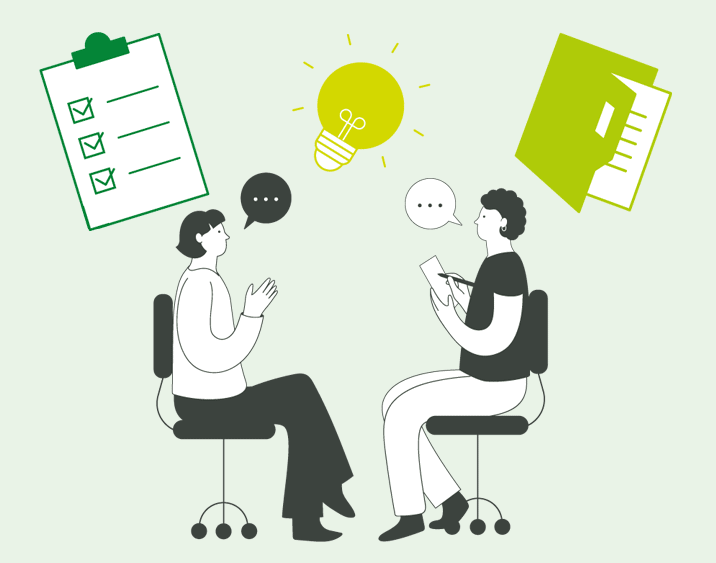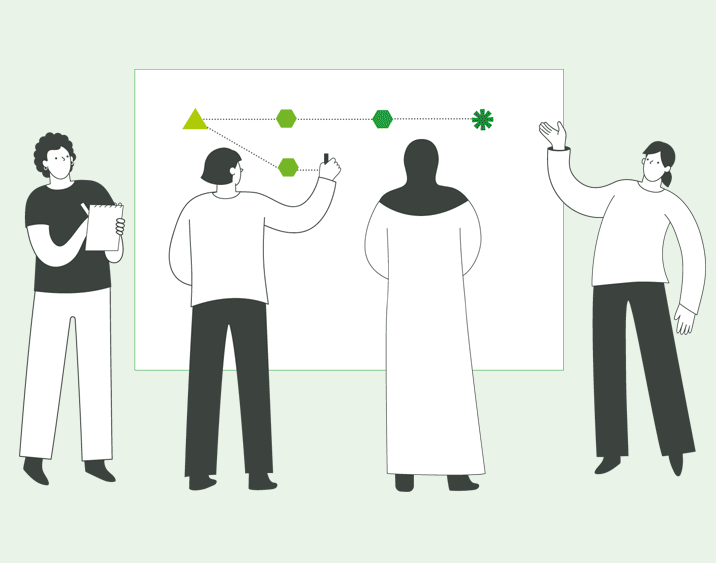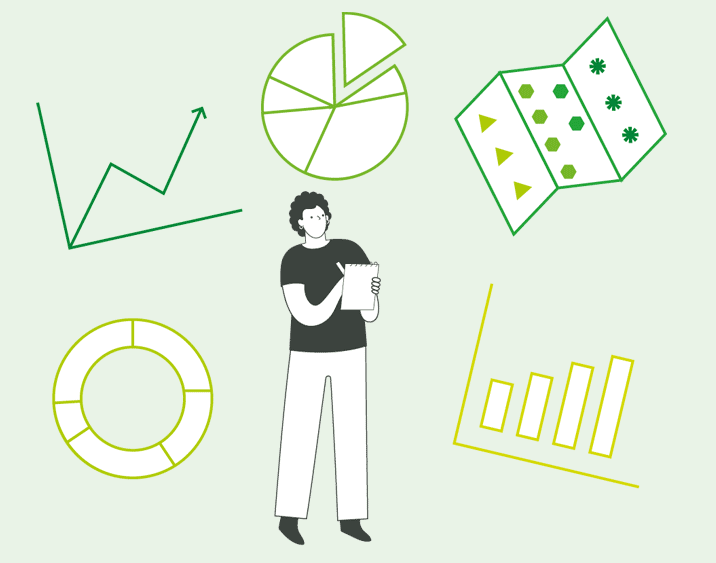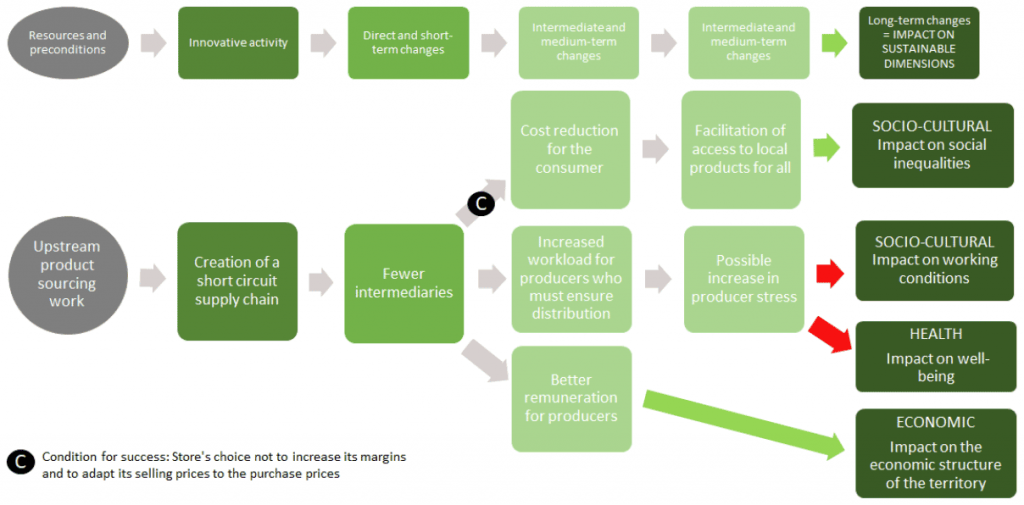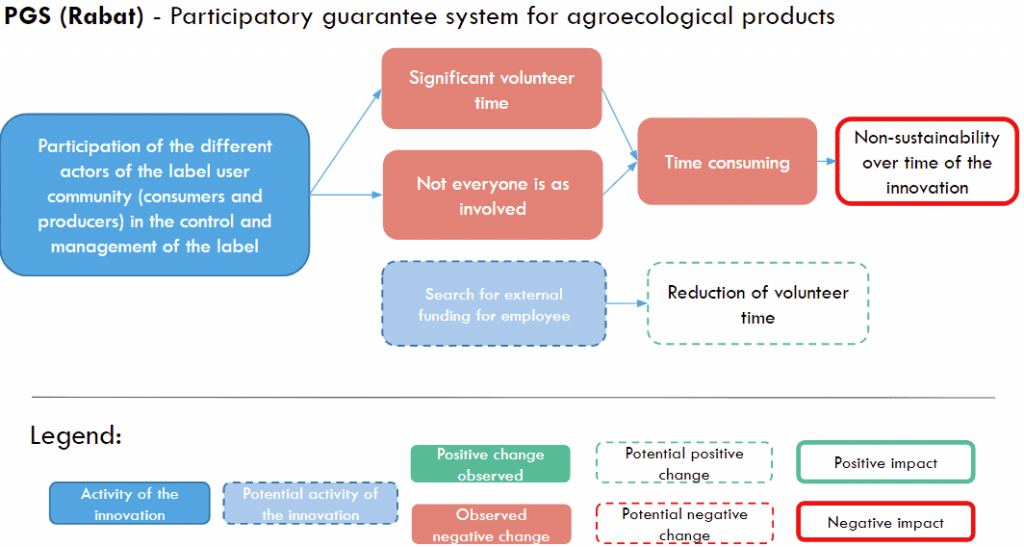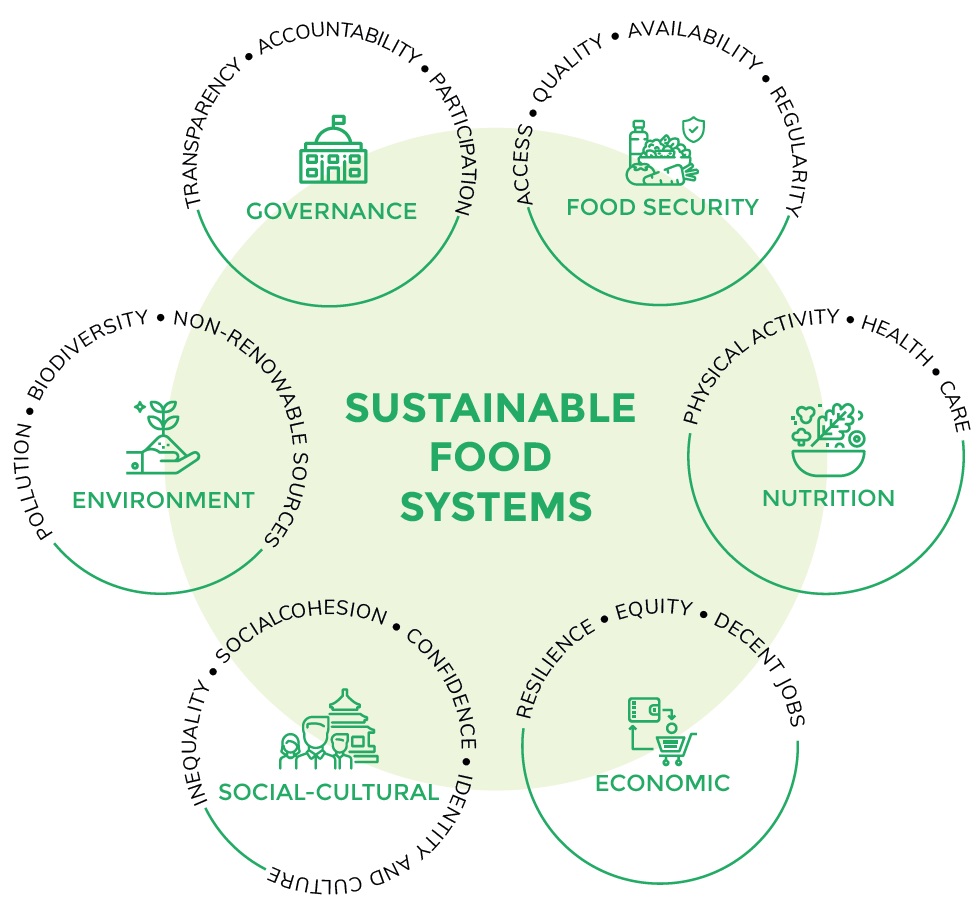Avant de commencer l’atelier, une bonne compréhension des activités clés de l’innovation est nécessaire, pour vous aider à cartographier les changements réels ou potentiels à court, moyen et long terme résultant de l’innovation.
Toutes les activités d’innovation ne sont pas susceptibles de créer des changements qui contribuent à la durabilité des systèmes alimentaires : il est donc important de sélectionner entre 6 et 12 activités d’innovation spécifiques sur lesquelles se concentrer. Les entretiens de l’étape 1 vous aideront à identifier les activités innovantes les plus pertinentes qui feront l’objet d’une discussion plus approfondie au cours de l’atelier. Vous pouvez organiser les activités sous forme de liste, une carte ou tout autre format que vous jugerez utile.
Comment choisir les activités que vous allez cartographier pendant l’atelier ?
Sur la base de la liste des activités de l’innovation fournie à l’étape 1, deux questions doivent être posées pour choisir les activités appropriées :
Quelles sont les activités les plus innovantes ?
Quelles activités sont au cœur de l’innovation et se distinguent des autres initiatives par leur utilisation de nouveaux processus, de nouvelles idées, pratiques, techniques, etc. ?
Quelles sont les activités qui ont été conçues pour obtenir et/ou entraîner un changement en matière de durabilité ?
Quelles sont les activités les plus susceptibles d’apporter des changements qui auront un impact sur la durabilité ?
Vous pouvez également sélectionner des activités qui vous tiennent particulièrement à cœur, parce que vous les jugez importantes ou parce que vous pensez qu’il est essentiel de mieux comprendre les changements auxquels elles ont contribué.
Pour nommer une activité, vous devez être aussi précis que possible et trouver une formulation qui ne se rapporte qu’à une seule activité. Par exemple : « valorisation du maïs indigène » peut prêter à confusion et ressemble plus à un objectif qu’à une action concrète. Un titre tel que « acheter du maïs indigène » est plus clair.
Il existe une différence entre les activités d’innovation générales (ce que fait l’innovation) et les activités innovantes, c’est-à-dire les activités qui font une différence et singularisent l’innovation. Lors de la sélection des activités innovantes que vous cartographierez au cours de l’atelier, faites attention :
- Aux activités qui sont au cœur de la mission de l’innovation, et qui rendent cette innovation spéciale.
- Aux activités réelles, et non aux objectifs généraux ou aux buts de l’innovation.
Par exemple, lors de la sélection des activités significatives du supermarché coopératif la Cagette, l’activité « vendre de la nourriture » n’est pas particulièrement pertinente et ne permet pas à la Cagette de se démarquer des épiceries ordinaires. Par contre, « vendre des aliments avec une marge bénéficiaire fixe de 23% » est une innovation propre au supermarché coopératif la Cagette. Cette activité identifie la Cagette comme spéciale, car elle a des conséquences potentielles sur les prix, l’accès à la nourriture etc. et elle serait donc une activité innovante qu’il est pertinent de sélectionner.
Lors de la sélection des activités innovantes, veillez à les définir précisément afin de mieux expliquer en quoi elles sont porteuses de différence. Par exemple, lorsque l’on parle de la structure de gouvernance innovante de la Cagette, la précision « nous gérons le supermarché selon le principe de gouvernance 1 personne = 1 voix » permet de souligner les valeurs qui guident l’action, en plus de l’action elle-même.
À l’inverse, la phrase « nous voulons donner à toutes et tous l’accès à une alimentation durable » n’explique pas comment atteindre concrètement l’objectif ; elle constitue un objectif plutôt qu’une activité ; et ne sera à ce titre pas retenue dans la liste des activités à explorer lors de l’atelier.




